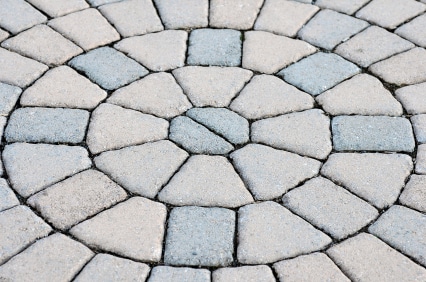Concrete paving goes indoors
Given Australia’s lovely, warm climate, it’s no surprise that more people migrate outside and discover the joys of alfresco living - and concrete paving.

Given Australia’s lovely, warm climate it’s no surprise that each year more and more people migrate outside and discover the joys of alfresco living – and outdoor paving.
This trend is influencing the way we design our homes and gardens. Landscapers and interior designers are increasingly asked to blur the boundaries between the indoors and outdoors, to create a seamless transition from one space to the other. This idea particularly comes into play when considering your concrete paving choices.
Quality paving can give your alfresco area a luxurious look and feel. With the careful selection of pavers and the right design, paving can transform an isolated backyard into an extension of your home – forming one large living/entertaining space.
Natural stone pavers including slate, bluestone, travertine and sandstone are typically favoured over engineered products because of their innate beauty and the way they blend effortlessly with their outdoor surroundings. However, when merging an indoor and outdoor space, Stewart Thompson from The Garden Edge Landscapes believes that concrete pavers are the way to go.
Along with asphalt, concrete paving is the most common paving method. Concrete pavers are inexpensive, heavy duty, easy to clean and available in a variety of colours. Their extreme versatility means they are able to mirror the floor tiles used indoors more closely.
“Using a large 400mm x 400mm concrete paver can help the flow from an inside tiled area out to a paved area by minimising the transition,” Stewart says. “Concrete paving leads people outside as if the tiled area is continued.” To enhance the cohesion of the tiled and paved areas the colours should be matched or complementary. It also helps they’re laid in a similar pattern.
If using clay pavers, Stewart is an advocate of the “smaller the better” philosophy. “These pavers are best laid in a herringbone or 45-degree herringbone pattern,” he advises. “By using small clay pavers (e.g. 230mm x 110mm x 40mm) you can create an interesting curved pathway that invites you to explore the outdoor area.”
Smart, creative paving helps produce the perfect indoor/outdoor area that not only looks fantastic but will be enjoyed for many years to come.